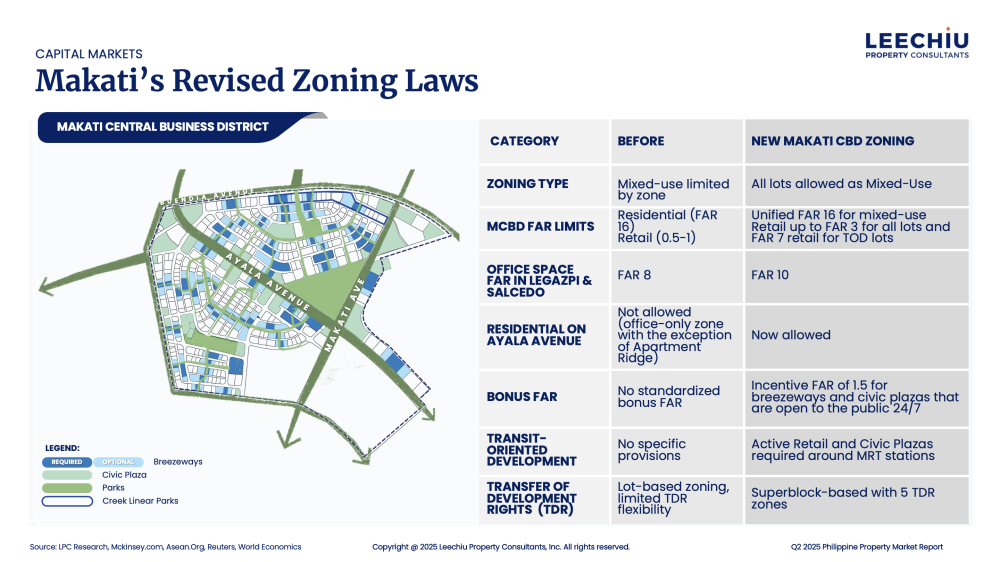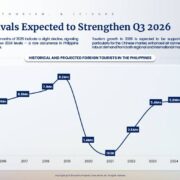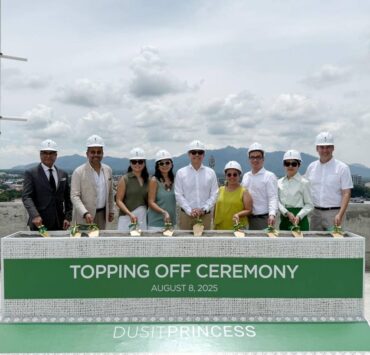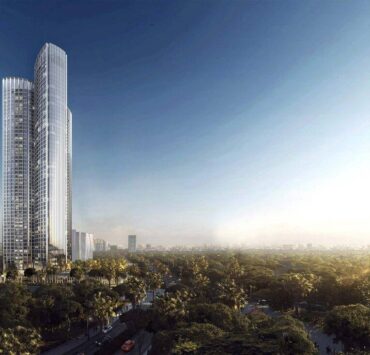Revised zoning rules in Makati CBD set stage for larger, more flexible developments

Makati City’s central business district (CBD) has introduced changes to its zoning regulations that could influence the way prime land will be developed in the coming years.
The revised zoning ordinance includes one of the most notable updates to date: higher maximum floor area ratios (FAR) for certain sites. Alongside greater flexibility for mixed-use projects, these adjustments give developers, landowners, and investors new parameters for planning and redeveloping properties in the country’s premier business hub.
More buildable space
The inclusion of higher FAR levels is a significant update in the latest revision of the Makati CBD zoning ordinance.
FAR determines how much floor area can be built relative to the size of the lot. By increasing these ratios, the city is allowing certain parcels to accommodate more floor space than before.
In a district where land is limited and values are among the highest in the country, this change has practical implications.
Developers can now design larger, more efficient projects on the same site, potentially increasing leasable or saleable space and improving project viability. It also offers more attractive incentives to redevelop older, lower-density buildings that no longer meet today’s market or sustainability standards.
Mixed-use flexibility matches evolving demand
The ordinance also broadens the allowable uses within a single development. This opens the door for more mixed-use projects that integrate offices, residences, retail, and even hospitality under one roof.
These types of developments have been gaining traction globally and locally because they respond to changing patterns of work, living, and leisure.
For occupiers, they offer convenience and accessibility. For residents, they provide access to amenities and employment opportunities within the same building or block, reducing travel time and improving quality of life.
Impact on developers, landowners, and investors
For landowners, the new FAR levels could increase the potential value of their properties by allowing larger scale developments. Developers may find it more compelling to justify the cost of acquiring prime sites if they can maximize the buildable area and create projects that cater to multiple market segments.
From an investment standpoint, these updates make it possible to deliver modern, high density developments in an already established location. This can diversify income streams, such as combining residential sales with office and retail leases, while positioning assets for long term relevance.
Urban planning and public benefit
These adjustments benefit both investors and end-users by fostering a more competitive and livable CBD. The updated framework encourages developments that prioritize public welfare through vibrant public spaces and pedestrian-friendly streets, enhancing walkability and community interaction.
Developers are incentivized to incorporate green spaces and publicly accessible plazas that serve building occupants and the wider community. These features improve urban aesthetics, promote engagement, and create a dynamic street-level experience that are essential for Makati’s long term sustainability as a business district.
A more competitive Makati CBD
The zoning adjustments aim to keep Makati competitive with newer business districts by supporting future-ready developments.
While construction will depend on market conditions, financing, and tenant demand, the framework now accommodates projects with higher sustainability standards, integrated technology, and efficient design.
Over time, these changes will shape new developments and the gradual replacement of outdated structures. For stakeholders, understanding the revised rules’ impact on project feasibility, land values, and investment potential will be key to informed decision-making.
By providing more buildable space and flexible land use, the updated zoning ordinance equips developers with clear tools to guide Makati CBD’s growth in line with market trends and long term urban planning goals.
The author is the associate director for Investment Sales at Leechiu Property Consultants Inc.

















